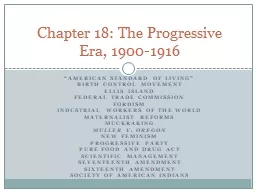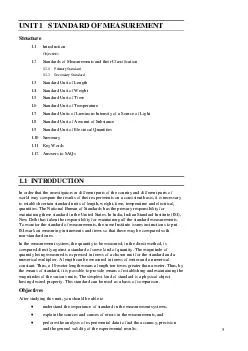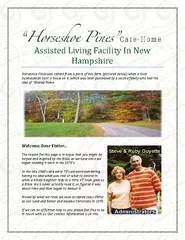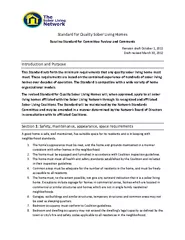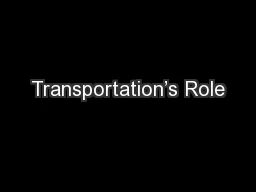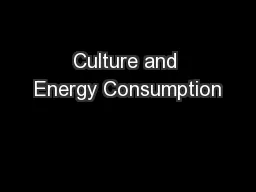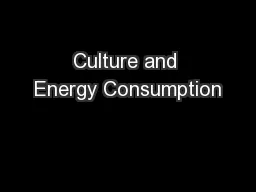PPT-“American standard of living”
Author : luanne-stotts | Published Date : 2018-10-21
Birth control movement Ellis Island Federal Trade Commission Fordism Industrial Workers of the World Maternalist reforms Muckraking Muller v Oregon New feminism
Presentation Embed Code
Download Presentation
Download Presentation The PPT/PDF document "“American standard of living”" is the property of its rightful owner. Permission is granted to download and print the materials on this website for personal, non-commercial use only, and to display it on your personal computer provided you do not modify the materials and that you retain all copyright notices contained in the materials. By downloading content from our website, you accept the terms of this agreement.
“American standard of living”: Transcript
Download Rules Of Document
"“American standard of living”"The content belongs to its owner. You may download and print it for personal use, without modification, and keep all copyright notices. By downloading, you agree to these terms.
Related Documents

